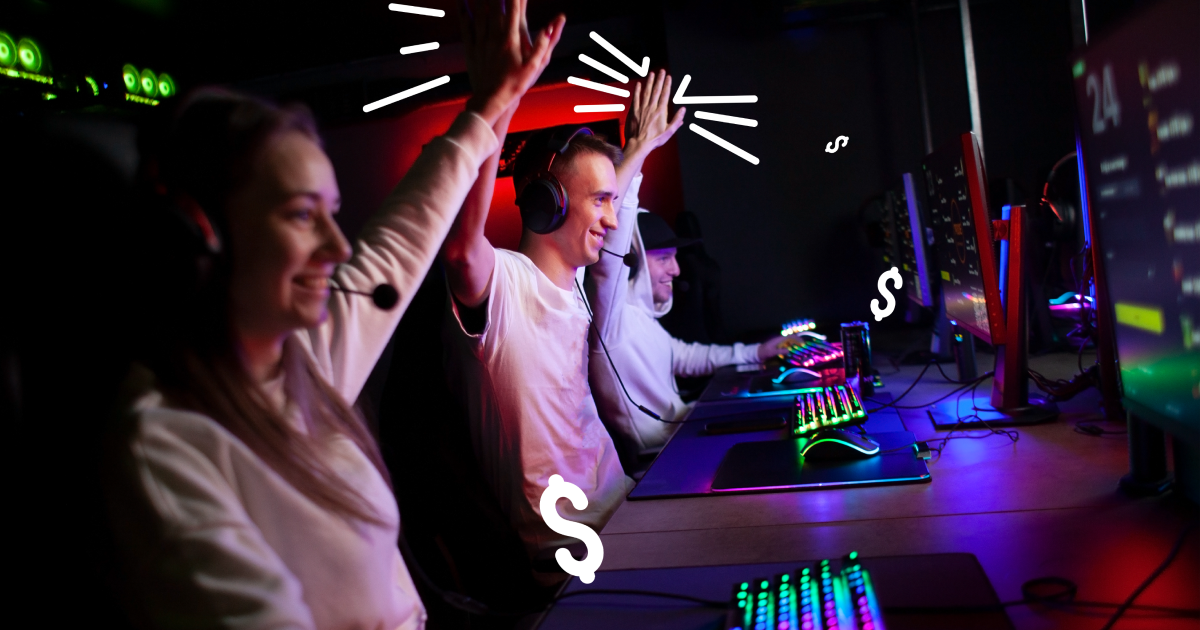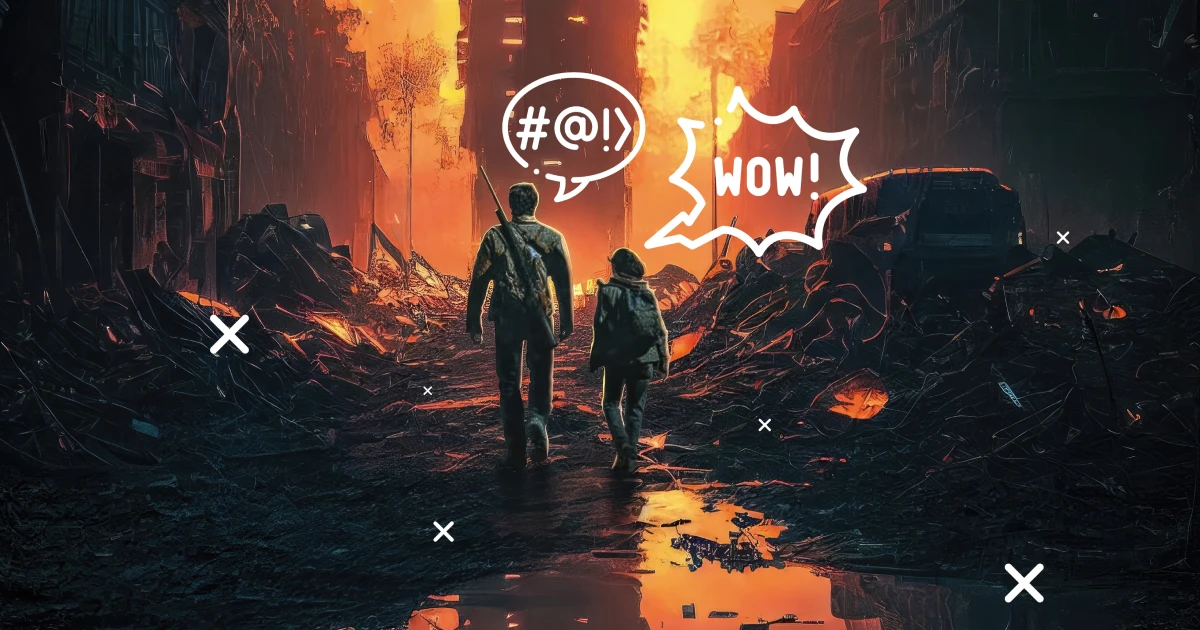Games are one of the most exciting and popular forms of entertainment today, engaging us with their new capabilities and features every day. From classic games to modern ones, each has its own charm and challenges that attract millions of people every year.
But have you ever thought about what process is behind creating a popular game? Have you ever wondered how a creative idea turns into an amazing interactive experience?
In this blog, we intend to delve into the behind-the-scenes of creating popular games. From ideation and design to development and programming, we’ll illuminate each step of making a game. Join us as we embark on this fascinating, adventurous, and challenging journey to explore the colorful world of games.
From Idea to Launch
Idea Generation and Design
The ideation and design stage of a game is the most fundamental and crucial step in creating a popular game. In this stage, the game development team must find a core idea for the game that can create an engaging and challenging experience for players. This idea should include various elements such as the story, gameplay, characters, game world, and game mechanics. To achieve this, tools such as concept maps or character models are used.
In the ideation stage, different ideas for the story, environment, characters, and game mechanics are explored to find a unique and original idea for the game. This idea should be able to attract players and provide them with a unique experience.
After finding the core idea, the initial design of the game begins. In this stage, tools such as concept maps, character models, and initial scripts are used to turn the idea into an interactive experience. In this stage, game designers can define the main concepts of the game, design the main characters, and determine the main game mechanics.
Development and Programming
The development and programming stage is one of the most important and complex stages of creating a game, where ideas become reality. In this stage, programmers and developers use various programming languages to first create a basic structure of the game, including algorithms, main game mechanics, and game environment.
In this stage, all elements of the game, including characters, world, sounds, images, and animations, are implemented by programmers. Programmers must ensure that all parts of the game work correctly and that the game experience is engaging and dynamic.
Additionally, in this stage, various tests are performed to ensure the correct operation of the game. These tests include usability tests, bug fixing, and general improvements in gameplay to improve the game experience for users.
Testing and Improvement
The testing and improvement stage is a crucial stage in the game development process, ensuring the quality and correct operation of the game. In this stage, games are carefully tested before release to identify and fix any problems and errors, improving the game experience for users.
Usability Tests
In these tests, the game is played by a group of real users, and their interaction with the game, strengths and weaknesses of the game, technical problems, and gameplay issues are identified. These tests help developers improve the game based on user feedback and meet their needs.
Bug Fixing: In this stage, all errors, bugs, and technical problems identified during development are fixed. This includes issues such as crashes, graphical bugs, gameplay issues, and other technical problems.
General Improvements
This stage includes general improvements in gameplay, adding new features, improving sound and image quality, and other improvements aimed at enhancing the user experience. This stage is usually done after usability tests to consider user feedback.
Conclusion
In conclusion, this exploration of the behind-the-scenes of creating popular games shows that developing a successful game requires effort, creativity, and coordination among development team members. From ideation and design to development, testing, and improvement, each stage of creating a game presents its own challenges and problems that can be overcome with effort and perseverance. We hope that this overview has helped you better understand the process of creating a game and succeed in creating your own amazing games.
Release or Launch
After the testing and improvement stage, the next stage in the game development process usually involves the release or launch stage. In this stage, the game is ready to be introduced to the market and released to users. This includes submitting the game to online stores, app stores, and other game distribution platforms. Additionally, this stage includes deploying servers to provide online game services to users and any advertising and marketing related to the game’s release to the market.
Which stage is more challenging
Depending on the circumstances and different situations, each of these stages can have its own unique challenges. However, generally, the development and programming stage usually has more challenges because it requires high technical skills, awareness of new technologies, and the ability to solve complex problems in programming and game design. This stage requires coordination among development team members, resource management, and continuous bug fixing and improvements in the game.
The development and programming stage is one of the most complex stages of creating a game. In this stage, initial ideas and designs are turned into source code, and game developers write code using various programming languages to create various elements of the game. This stage requires high technical skills, the ability to solve complex problems, and a complete understanding of the technologies used.
One of the challenges of this stage is resource and time management. Development teams must be able to create a suitable schedule for game development based on available resources to complete the project on time and with the desired quality. They must also allocate enough time and energy to fix bugs and make necessary improvements during the development process.
In addition, coordination among development team members is also an important challenge. Team members must be able to find the best solutions to problems that arise through collaboration and constant communication and prevent conflicts and ambiguities in the code. Finally, maintaining standards and code quality is also a challenge in this stage to deliver the final game in the best possible way.
At the end
In conclusion, this journey into the world of creating popular games shows that developing a successful game requires effort, creativity, and coordination among development team members. From ideation and design to development, testing, and improvement, each stage of creating a game presents its own challenges and problems that can be overcome with effort and perseverance. We hope that this overview has helped you better understand the process of creating a game and succeed in creating your own amazing games.




